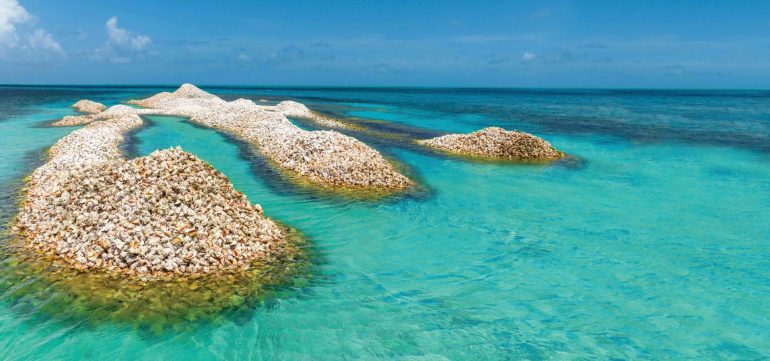My passion for passion fruit started when a friend in the BVI invited me and my husband Matt over to her orchard to pick some fruit, fresh off the vine. It was love at first taste.
The following winter, Matt and I set sail for a few months of down-island cruising. We hadn’t even dropped anchor in one of our first stops, Dominica, and already vendors were paddling out on surfboards to meet us, hoping to sell us fresh fruit. As it was early in the season and few boats were in the anchorage, there was much competition for customers. Once we saw the bounty of fresh fruit available, we gladly purchased fruit from many of the vendors, who we came to think of as our Dominican Welcoming Committee. We left Dominica with an ample supply of passion fruit, not knowing if or when we’d find more.

To our delight, we found copious amounts of passion fruit on other islands including Grenada, St Vincent and St Lucia. Our passion quickly turned into an obsession. Our safety stock of fruit was one dozen, and when we dropped below that number, it was time to return to the market. We ate passion fruit for breakfast, lunch and a mid-afternoon snack—more than a half dozen a day, so our trips to the markets required ever-increasing passion fruit purchases. It was a sad day a few months later when we realized that the season had ended and passion fruit was absent from the markets.
Passion fruit vines grow throughout tropical climates, including the BVI, where passion fruit grows primarily during the winter and early spring months. It’s a real treat to find fresh passion fruit, so be sure to snap it up when you see the little oval fruit in a store or when a friend offers you some. (The more likely scenario is that you’ll have to beg your friend to part with it.) Select fruit that is heavy for its size and is wrinkled and brownish. Resist the temptation to cut into the fruit when the skin is smooth, as the pulp inside will be much sweeter once the fruit is ripe and slightly shriveled.

The sweet-tart orange pulp, including the seeds, can be eaten with a spoon straight out of the thick, inedible skin. Or add a dash of rum to make a fun passion fruit “shooter,” as we learned in Dominica. Passion fruit is used in fruit salads, jams and desserts. In the Caribbean, one of the most common uses of passion fruit is in beverages, either alone or blended with other juices.
While it may be harder to find fresh passion fruit on Tortola than on her larger down-island neighbors where more land is devoted to agriculture, the scarcity may be what makes fresh passion fruit so coveted. Fortunately, BVI supermarkets are well stocked with various types of delicious passion fruit juices and concentrates in the beverage aisle. You may also find frozen passion fruit juice concentrate or frozen passion fruit pulp. Go ahead and enjoy passion fruit frequently. Don’t ration your passion.
Passion Fruit Sangria
This versatile wine punch has infinite variations, so feel free to experiment with ingredients and proportions.
• 3/4 C water
• 3/4 C white sugar
• 1 750ml bottle dry white wine
• 1 3/4 C passion fruit pulp
• 3/4 C passion fruit liqueur (e.g. Passoã) or brandy
• 1 orange, thinly sliced
• 1 lemon, thinly sliced
• 1 green apple, cored and thinly sliced
Make a simple syrup by stirring together 3/4 cup water and 3/4 cup sugar in a small pan. Heat over low heat until sugar dissolves. Cool before using. Combine simple syrup and remaining ingredients in a pitcher. Serve sangria over ice.





